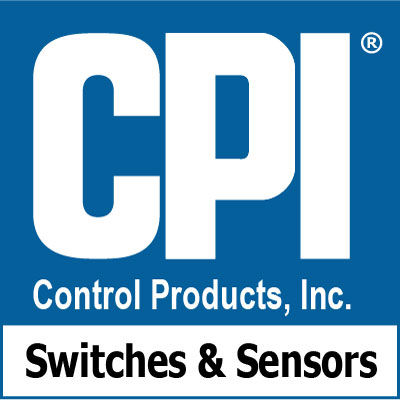While many people are familiar with our waterproof switches and limit switch sensors, many don’t realize that CPI is in the business of providing these switches pre-mounted and pre-wired, in custom waterproof panels. These panels are then mounted to boats, work trucks or other vehicles as a subassembly, saving manufacturers save time, money, and headache.
Some Examples of Our Waterproof Switch Panels in Action
Many work trucks are highly customized versions of generic trucks and chassis customized for a particular professional need. In fact according to the NTEA’s Association for the Work Truck Industry, there are nearly 1,800 companies that manufacture, distribute, install, sell, and repair commercial trucks, truck bodies, truck equipment, trailers, and accessories. According to Steve Carey, executive director of NTEA, “Unlike mass-produced assembly-line cars and trucks, commercial vehicles are primarily designed and produced individually, on a custom-order basis. Their diverse applications, limited volume, and nearly limitless body and equipment variations dictate this method of production.”
That’s been our experience too. Just some of the vehicles that have employed CPI Switch panels include:
- Garbage Trucks
- Forklifts & Lift Gate Control
- Speedboats
- Fire Trucks (Outrigger control)
- Tugboats
- Tow Trucks
- Bucket Trucks
- Scissor Lifts
- Specialized Industrial Farming Vehicles
- Construction Vehicles
And many more.
Features of our Custom Waterproof Switch Panels
Because CPI’s switch construction is truly waterproof, not just splash-proof or water resistant, we can create assemblies out of our totally submersible basic switches and stainless steel panels that are perfect for a wet outdoor environment or environments subject to extreme temperature variations and high vibration.
For example, a commonly used switch for control and positioning is our E1333 series dual pushbutton switch panel to raise and lower lift gates, open dam gates, lower crane booms, you name it. The E1333 provides a short behind-the-panel depth requirement making it usable in places where other switches can’t fit. The CPI switch also provides low assembly labor to install with its integral PEM nuts and its packard connector. Lastly as opposed to electronic switches that require power from the circuit to operate the discreet CPI switch is resistant to failures due to poor grounds and its high electromechanical endurance. In fact our “snap action” contact design has been tested to over 500,000 “contactor” electrical cycles.
Don’t worry about lead lengths either. Our switches and switch panels can be ordered from the factory at any custom lead length you need.
The ability of our switch to withstand abuse at the hands of an operator or mother nature, really sets our products apart for most outdoor applications. And with convenient custom or stock panels, there’s one less piece of engineering you need to do.
CPI Custom Waterproof Switch Panels
Switch panels come in a variety of configurations: separate circuits, in-series, and in-series with interlock (to prevent both switches from operating at the same time).
We can produce multiple switch panels that also include additional electrical components such as LED indicator lamps per customer specification.
CPI Waterproof Switch Panel Features / Options
- All-stainless brackets
- 2- and 3-switch configurations
- Custom wire treatments: wire-protecting tubing, wire restraints (tie wraps), wire tags
- Switch & wire color variations available (minimums may apply)
- Sealed connections available: Weatherpak, Deutsch, ITT Sure Seal
This blog was originally published at https://www.cpi-nj.com/custom-waterproof-switch-panels-a-huge-timesaver/



 For many kinds of linear actuators, a mechanical limit switch is used for ensuring the device does not extend nor retract outside its mechanical limits of travel. For instance, an electric linear actuator moves as its motor spins, which turns the drive screw to push the shaft rod out or pull it in. The direction of the motor spin determines the direction of the shaft rod movement. However, without a mechanical limit switch, there are no stop points on either end of the travel. The motor will only stop when the user manually turns off the power to the unit. This could cause a safety concern if the actuator travels to its mechanical limitation, but the motor is still running. The motor will stall when it can no longer rotate, causing a high current draw, and eventually burning out the motor.
For many kinds of linear actuators, a mechanical limit switch is used for ensuring the device does not extend nor retract outside its mechanical limits of travel. For instance, an electric linear actuator moves as its motor spins, which turns the drive screw to push the shaft rod out or pull it in. The direction of the motor spin determines the direction of the shaft rod movement. However, without a mechanical limit switch, there are no stop points on either end of the travel. The motor will only stop when the user manually turns off the power to the unit. This could cause a safety concern if the actuator travels to its mechanical limitation, but the motor is still running. The motor will stall when it can no longer rotate, causing a high current draw, and eventually burning out the motor.
